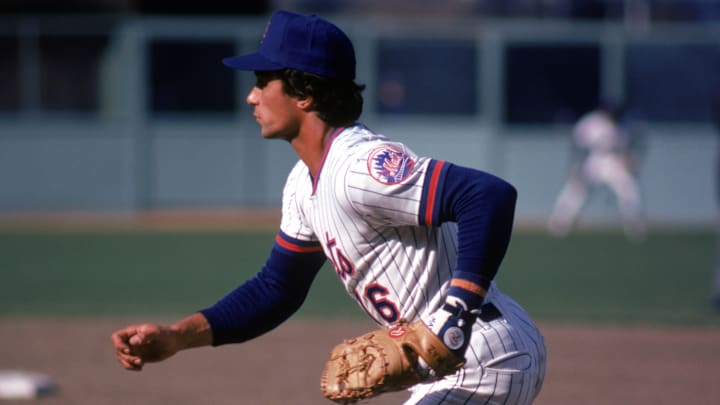2) Howard Johnson
Howard Johnson was one of the best offensive players to ever put on a Mets uniform. HoJo had a great blend of power, from both sides of the plate, and speed.
Johnson was a part-time third baseman and shortstop his first two seasons in 1985 and ’86, as the Mets had Ray Knight to man third base. But after Knight left following the ’86 World Series Championship, Johnson grabbed hold of the everyday job at third and had a five-year run that saw him average 31 homers, 95 RBI, and 32 stolen bases.
HoJo was a three-time member of the 30-30 club…hitting at least 30 home runs and stealing at least 30 bases in 1987, 1989, and 1991. He led the NL in home runs and RBI in that ’91 season.
And then came 1992. He played a good third base. He actually played a pretty good shortstop whenever Davey Johnson wanted more offense in the lineup. So why not put him in centerfield? Well…apparently the Mets hierarchy didn’t learn anything after the Juan Samuel debacle. And just like Samuel, Johnson looked horrible in the outfield and, suddenly, looked horrible at the plate.
The move also caused him some nagging injuries, eventually learning that he had broken his wrist. He was never the same. He ended up in Colorado with the Rockies for a season, moved on to the Cubs, but could never get back to the player he was before trying to be a centerfielder.
